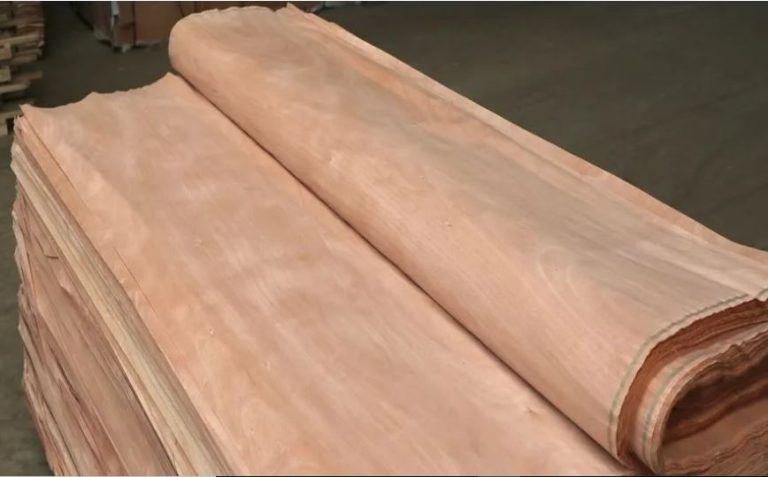In a move to protect the country’s forests, Cabinet Secretary for Environment and Climate Change Aden Duale has imposed a ban on the export of raw wood veneers.
Although unfamiliar to many Kenyans, the country’s veneer industry has long been a source of economic opportunity and environmental concern.
The export of raw veneer earned the country hundreds of millions of shillings in 2023, while the cost to the country’s environment was also high.
In 2022, the top importers of veneer sheets globally were the United States ($570 million), China ($456 million), India ($272 million), Vietnam ($269 million), and Italy ($242 million) .
What is Raw Veneer?
Raw veneer is cut from a log and painted if necessary. Once painted, the sheets are laminated together to form a block. The block is then sliced so that the edges of the laminated veneer become the “grain” of the reconstituted veneer.
Veneers are usually pressed or laminated to thicker core materials such as plywood to create structural panels to be used in place of thicker hardwood lumber.
Wood veneer is processed in a mill like a sawmill for hardwood lumber. The veneer logs are first subjected to a long period of complete immersion in “vats” of hot water to soften the wood fibers in preparation for slicing.
After this long soaking, the logs are prepared for the cutting operation. There are different methods of slicing, but all involve the process of a sharp knife cutting micro-thin slices called leaves from the veneer logs.
Common uses of veneer
While commonly used in buildings and structures for doors, wood cabinets and furniture, the versatility of flexible wood veneers goes far beyond the traditional fold.
Architects and designers are incorporating wood veneer into their designs as integrated interiors or accents in other media.
Many luxury retailers incorporate wood veneer into their fixtures. Lighting companies, sign companies, speaker manufacturers, musical instrument makers, aircraft and custom yacht builders all use them.
Veneers are increasingly becoming a valuable commodity in world trade, particularly in the Indian and Chinese markets.
Uncontrolled harvesting
However, the unregulated and premature harvesting of trees for veneer production has raised concerns among environmentalists and local manufacturers alike.
Despite an official ban on eucalyptus exports to China, the export of eucalyptus veneer has continued unabated, contributing to a growing concern about the sustainability of Kenya’s forests.
Duale directed the Kenya Forestry Service (KFS) to stop issuing “no objection” letters to the export of raw veneers.
The directive is expected to immediately stop the export of these materials and stop the early harvesting of trees to align with the government’s wider environmental goals.
The directive is expected to reshape the timber industry and refocus efforts on sustainable practices in Kenya.
30 percent tree cover by 2032 initiative
The government plans to restore 10.6 million hectares of degraded landscapes by planting 15 billion trees, with the ultimate goal of achieving 30 percent coverage by 2032.
The government has developed a National Landscape and Ecosystem Restoration Strategy to restore degraded landscapes and ecosystems.
More than 14 million trees were planted across the country on May 10, 2024, the day the government declared National Tree Planting Day.
The country needs to plant 1.5 billion trees every year to meet the target of 15 billion in 10 years, former Environment CS Soipan Tuya said in November 2023.
KFS is the lead agency tasked with implementing the government’s agenda to achieve 30 percent tree cover by 2032, up from the current 12.13 percent.
It protects 6.4 million acres of forest and another 420 million acres under counties.
The state needs at least Sh600 billion to boost tree cover over the next 10 years.
Statistics from the state show that forest cover has increased from 5.9 percent in 2018 to 8.83 percent in 2021.
As of November 2023, the national tree cover was 12.13 percent, above the constitutional target of 10 percent.
The results obtained from the 2021 national forest resource assessment show that the country has 5.2 million hectares of national forest cover, accounting for 8.83 percent of the total area.

